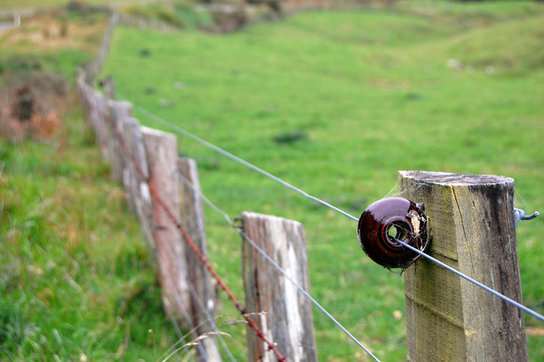Fence distance and type of livestock need to be considered
By Diego Flammini
Assistant Editor, North American Content
Farms.com
OMAFRA has released a number of items for livestock producers to consider when trying to decide if installing an electric fence is a viable option for them.
Two important determinations livestock producers need to make is how long the fence is going to be and how it will be powered.
“The energizer (hydro, battery, solar) should be chosen based on the kilometres of wire to be attached to it, and the load of grass or debris that may be on the wire,” writes Barry Potter, Agriculture Development Advisor, OMAFRA.

Potter says that producers may want to set up smaller paddocks to train livestock for electric fences to be successful.
“Use this to train the cows, and especially calves, to the reality that if they touch the fence they will get a shock. Psychologically they will view any wire with skepticism and shy away from approaching it."
OMAFRA also has an online tool for farmers to use to decide which kind of fence is best for them.
“This will give you an accurate cost for your farm for each type of fencing. But electric fencing will be the least expensive, most effective fence you can put up,” writes Potter.
More information about the different kinds of fencing can be found on OMAFRA’s website.